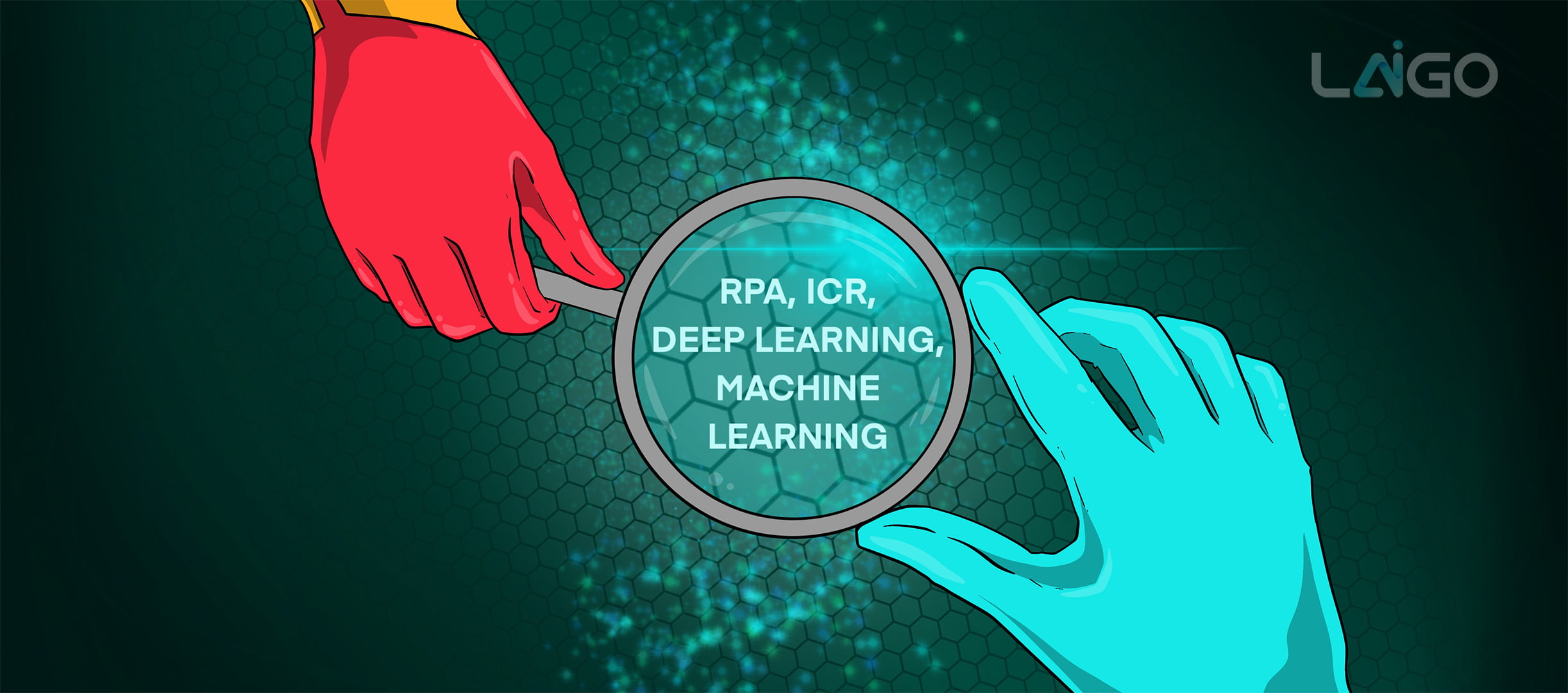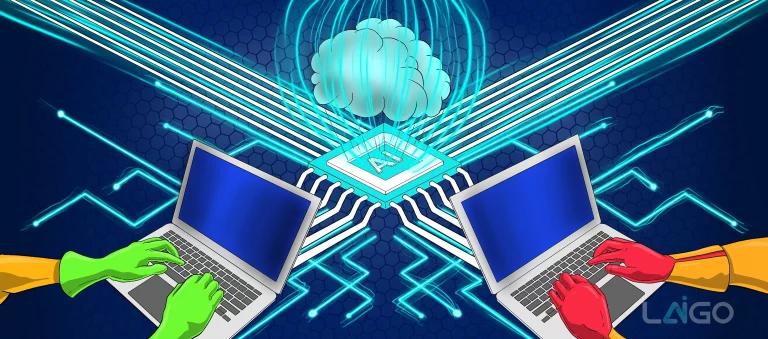Along with technological innovations, new terms and abbreviations joins our vocabulary. The same applies to Artificial intelligence. Especially in this area a particularly large number of terms exist for describing and distinguishing all the new AI learning methods and technologies from one another as clearly as possible. Let’s start with the learning methods mentioned in the title.
Machine Learning
Machine learning is the generic term for AI learning methods. ML is usually a software that is not explicitly implemented but learns patterns on its own. Therefore learning must be triggered externally. This can be done in different ways, whereby two groups can be distinguished: First, there are the learning procedures that are given some form of rules for processing, like algorithms, by humans. These learning methods include supervised learning and unsupervised learning as well as the mixed form of partially supervised learning. Furthermore, reinforcement learning and active learning are controlled by predefined algorithms. The methods differ in whether and to what extent the data must be prepared and classified, “labeled”, by humans, whether and to what extent the methods must be trained, and which algorithms are used.
Deep Learning
On the other hand, there is Deep Learning. Instead of predefined algorithms, it uses so-called neural networks. Neurons are the nodes for recieving, changing and passing on information from other nodes. In this respect, Deep Learning is copying the human brain. Learning, decision-making and the revision of decisions are based on the repeated linking of information across several layers. Humans provide the input in the form of enormously large amounts of data, but do not intervene otherwise. Humans have no influence on the learning process and cannot trace back the patterns according to which the system makes a decision. Deep Learning is used in very complex applications, including speech recognition in voice assistants, recognition of handwriting recognition and autonomous driving.
ICR
ICR (Intelligent Character Recognition) and RPA (Robotic Process Automation) are not learning methods, but technologies that apply AI learning methods for certain problems.
OCR
OCR (Optical Character Recognition) is known to us as text recognition. It can be used to read information from images, such as scanned paper documents or PDFs, and convert them into digitally processable files. ICR is a kind of OCR 4.0: it can also recognize handwriting. For good results, it works with linguistic and statistical methods, compares with dictionaries and stored reference patterns, uses semantic correlations and corrects results to fit the context. Deep Learning produces better results than most other learning methods. ICR is used, for example, in the recognition of handwritten addresses on letters or entries in forms and thus supports intelligent document processing.
RPA
Robot-assisted process automation sounds a bit like industry and the assembly hall, and that’s not so far-fetched. After all, robots have been doing the structured, repetitive work there for quite some time. In the meantime, the technology, which can be used to automate business processes, has also been transferred to other workspaces. As programmable software bots, the robots are in the process of moving into the office. With the help of AI, they learn to perform computer-based processes similar to humans. Like humans, they log into applications, enter data, complete tasks, copy data for specific tasks from other applications, etc. This predestines them to perform boring, time-consuming, error-prone routine tasks, for example in accounting, document management and customer service. The only thing that needs to be ensured is that these are standardized processes with fixed rules and the same procedures every time. In the process, RPA can be supported by other technologies such as OCR and ICR,and as a result, pull more content from the documents that can be implemented into other processes in the form of data.



